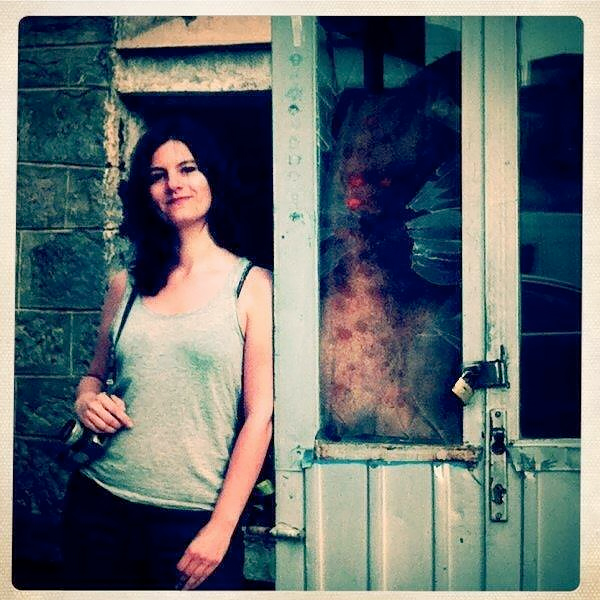Born in 1976, franco-belgian, lives and works in Brussels.
Since 2004, her work is shown in museums, galeries and festivals around the world, including Germany, Spain, Cambodia, Japan, Mexico, Romania, Georgia, Slovaquia…
It has been published in numerous magazines, catalogues and books ( Lannoo Publishers, Filigranes Editions, Halogénure, artist books…), her monography EMPIRE has been published at Editions Yellow Now in 2015.
She teaches photography at INSAS, an international belgian cinema school where she gives immersive seminars and organize meetings between famous photographers and students. She is jury for numerous photography schools and workshops teacher.
She's also an independant curator, she directed several books, catalogues and exhibitions, as the collective exhibition EYES WILD OPEN for the Botanique Museum in Brussels and the book at André Frère Editions.
Selected Books on

